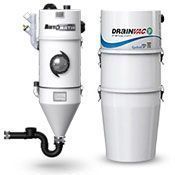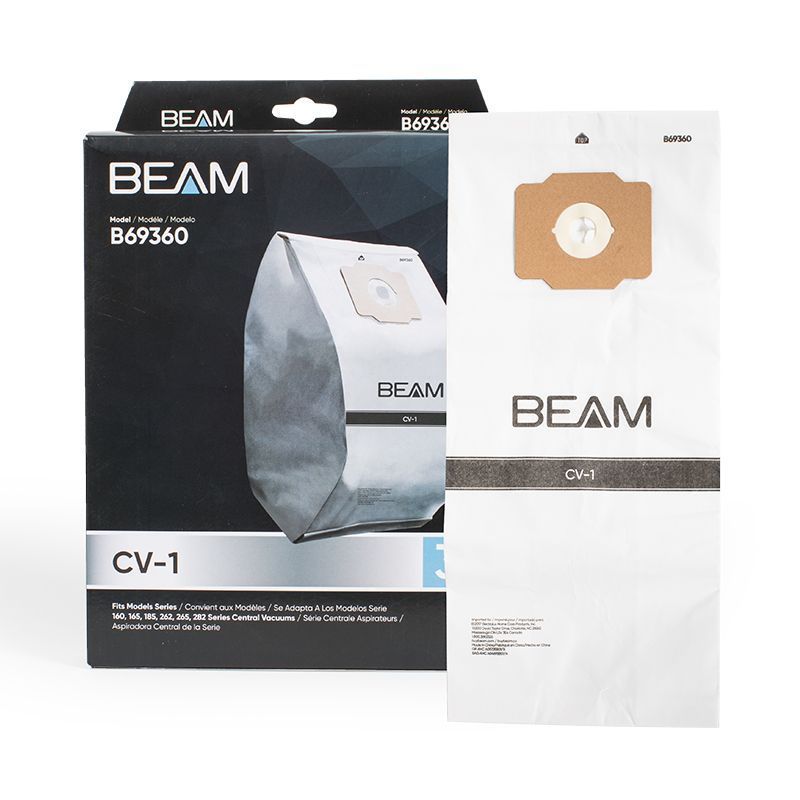Choosing a Central Vacuum System
Table of contents
Central vacuum systems are valuable cleaning solutions that require low maintenance. They are relatively inexpensive and add value to your home. But how do you choose the best vacuum system for your needs?
Before choosing the best central vacuum cleaner for your home, you need to understand the market's best available vacuums and their features. For instance, you need to choose a central vacuum system that requires little maintenance and can be adapted to different spaces and cleaning wants.
Let us look at the three primary parts to make you understand some basic features before choosing a central vacuum.
- Power unit
- Filtration system
- Collection unit
Power unit
 The power unit is a sizeable immobile motor. Notwithstanding the brand of central vacuum system selected, the system is about three to five times more powerful than a portable vacuum. A power system is designed for hoses that reach up to 30 feet. If the hose is longer, there are special motors available.
The power unit is a sizeable immobile motor. Notwithstanding the brand of central vacuum system selected, the system is about three to five times more powerful than a portable vacuum. A power system is designed for hoses that reach up to 30 feet. If the hose is longer, there are special motors available.
Similar to the rating of any other vacuum system, a central vacuum system is rated per air watts, which is calculated by determining the airflow and the motor’s overall power usage. Air watts range between 450-1040 depending on the model.
Filtration System
There are different types of filtration systems for vacuum cleaners. They include vertical, cyclonic, and inverted filtration systems. Depending on the model and the manufacturer, you may find these different types of filters combined in the configurations.
- Vertical system – this system sucks debris into the canister’s chamber before taking them into the collection bucket.
- Cyclonic system – this filtration system uses centrifugal force to split particles from airflow where the air is exhausted, and particles drop into a collection container for disposal.
- The inverted system is similar to a vertical bag system, but the air is drawn up through a filter. The debris and dirt particles are then dropped down into the collection container. The vertical bag and the inverted systems exhaust the air outside.
It is standard for the filters in a central vacuum system to be HEPA filters. HEPA filters guarantee that particles are eliminated. Sometimes, the filters are self-cleaning and will not ever need replacement.
Dust Collection System
The dust collection system comprises a collection bucket, PVC pipes, inlets, and attachments.
- The collection bucket: This is rated per gallon size. Most collection bucket sizes range from 22.7-45.42 Liters.
- Disposable bags: Canisters are available either with or without non-reusable bags or liners. These bags facilitate a cleaner process when emptying the canister.
- Pipes: Users with the central vacuum systems must plug a flexible hose into an inlet to clean
- Valve inlets:The inlets differ depending on whether they are hard-wired or not. In addition, they have a low voltage power supply.
- Hoses: Even though various hose lengths are available; the typical length is 30 feet and covers 700 sq. ft. A 50-feet hose can reach up to 1500 sq. ft.
With this knowledge, we hope that you can make an informed and perfect choice when obtaining a central vacuum system.




Log In
Create New Account